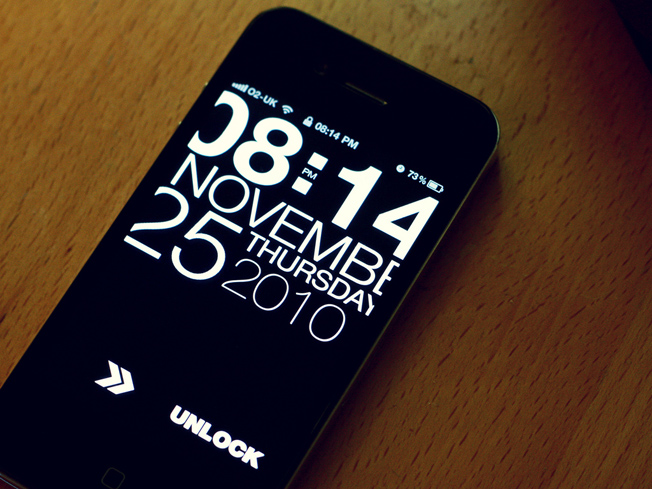What We Have To See In iOS 5
Apple's iOS platform is now on its fourth iteration and from the second it was announced, iOS has been arguably the most cohesive and advanced mobile operating system in the world. That's not to say iOS is perfect, as competing operating systems like Android have greatly accelerated their advancements in near light-speed fashion. With Apple's next version of iOS due to hit in the coming months, here's what we have to see in iOS 5.
For starters, notifications. This is a must, and Apple is well aware of that fact. How the company will end up integrating a revamped notifications UI into its almost clinically polished OS is up for grabs, though we could see Apple taking a page out of webOS' book with unobtrusive yet meaningful notifications that peek out / push down into view, for instance. Apple did, after all, hire Palm's webOS architect recently.
Apple really hasn't let users customize their notifications settings at all thus far, and it might be time the company has a change of heart. It would definitely be a big surprise and an even bigger departure from Apple's current philosophy, but a "profiles" type app that manages notification settings and options for all apps would be ideal. It might be similar to how RIM does it — set your custom notification tone, vibrate settings and more, all in the same app for anything you want to customize. Apple's current setup is especially frustrating with hundreds of millions of iOS devices out there playing the same exact "ding" email alert tone. We get the branding aspect of it, but it's time to let users customize their SMS, email, and notification sounds and settings.
Apple also has to open up access to its filesystem to be taken seriously as a viable modern-day smarphone OS. We understand that the filesystem is hidden so users don't have to see it or manage what's in it, and there are valid security concerns with giving apps the ability to write to any location, but a default or set list of locations all third-party apps could write and read to would be ideal. And the fact that Safari can't upload a file from the iPhone itself is kind of insulting.
Additionally, we get the fact that iTunes is the preferred method of loading media to the device, but back to that filesystem... there is no reason why files like MP3 tracks or AVI video files downloaded from the device itself can't be stored into some default location for later playback.
Apple is rumored to be switching to the cloud for a lot of its services, and we hope the company extends this concept to wireless device syncing. We should be able to enter our Apple IDs and have devices load our most recent backup over the air along with all our apps and settings.
An improved lock screen would be a welcome addition as well, with more information being able to be shown while the device is locked. This would save users the time it takes to unlock their phones just to see if they have a new email message waiting for them, and so on.
We'd also like to see a user-editable dictionary (we know it exists for some languages on the phone, but we'd like this to be universal and it needs to be reworked, too), the ability to use FaceTime over 3G, real gesture support and a few other improvements here and there.
Let's be honest — none of these things are integral to the success of Apple's next iPhone or any other iOS-powered devices. People will keep buying them either way because as a whole, they're still amazing devices. But Apple is a company that got where it is by building incredible experiences and, often times, by leading instead of following. Apple's iOS platform is now falling behind in several key places, including some areas of the overall user experience. For a company that puts so much time and resources into UX, I can't help but wonder how much further Apple will let things slip before it reassumes a clear lead.
